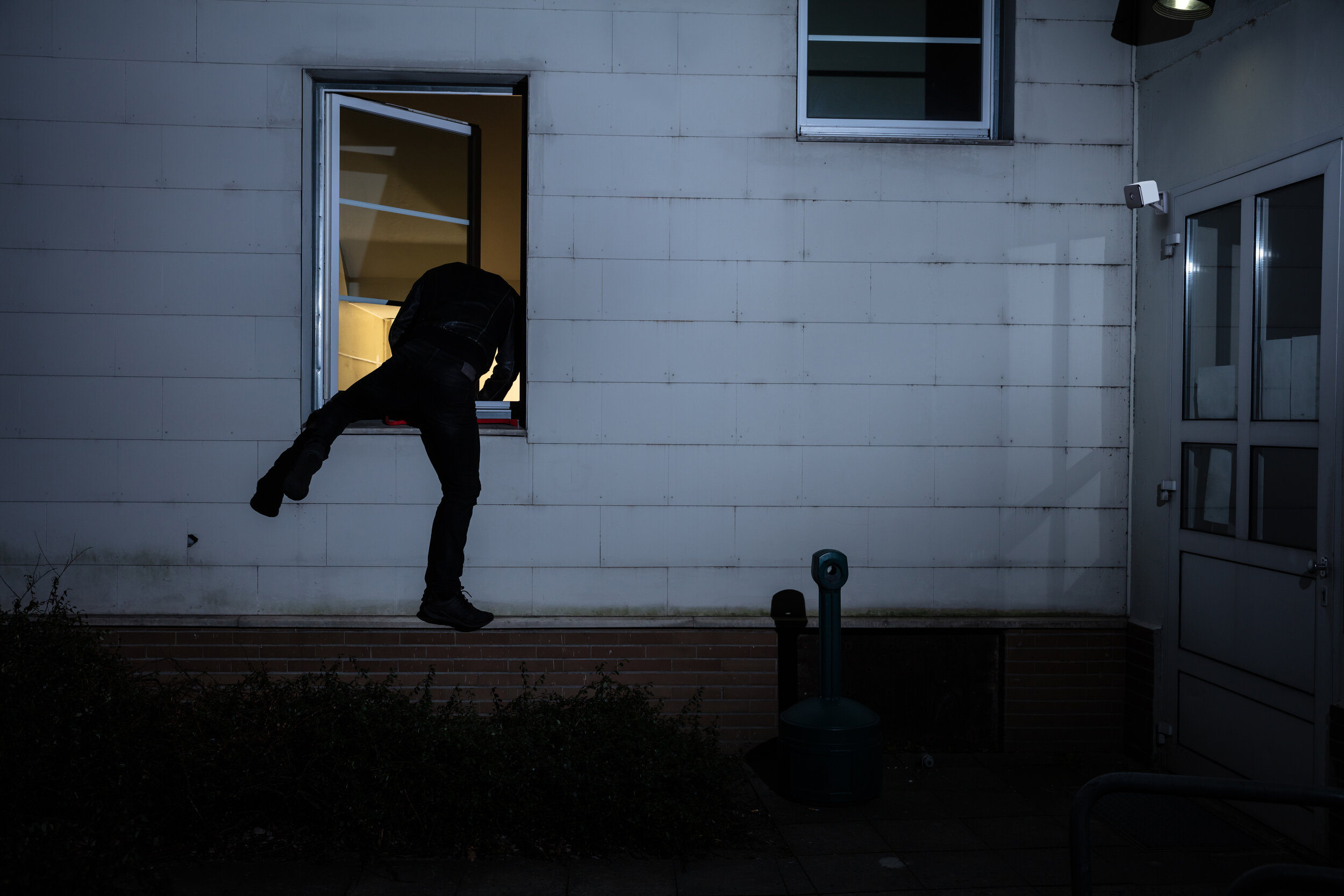Is Your Neighborhood a Safe Haven? Tips on Choosing a Secure Community (and How Kangaroo Can Help)
Finding the right neighborhood is like finding the perfect puzzle piece: it needs to fit your lifestyle, budget, and most importantly, offer a sense of security. But how do you truly assess a neighborhood's safety beyond a quick online check? Don't worry, we've got your back (and your front door)! Here are some key indicators to help you choose a secure and peaceful community:
Defining a Secure Community
Safety encompasses more than just low crime rates, though this is a crucial factor. A safe neighborhood fosters a sense of well-being, where residents feel comfortable walking alone at night, letting children play freely, and enjoying a strong sense of community. Well-maintained streets, parks, and public spaces contribute to this feeling of security, creating a vibrant environment where neighbors connect and look out for each other.
1. Dig Deeper Than a Pretty Picture:
While crime rates are important indicators, they only paint a partial picture. To gain a more nuanced understanding, consider these resources:
Detailed Crime Breakdowns: Utilize platforms like SpotCrime, NeighborhoodScout, or AreaVibes. These resources offer comprehensive breakdowns of specific crime types, allowing you to focus on areas that particularly concern you, such as theft, assault, violent crime, or property damage. See list below:
FBI Crime Data Explorer: This official resource provides comprehensive crime reports across the United States, categorized by crime type. It's ideal for checking crime trends at the state level.
AreaVibes: This platform goes beyond just crime data and provides a safety score based on various factors. It helps you compare your area's safety to national and state averages, offering a well-rounded perspective.
The Neighbors App: This app functions like an online neighborhood watch, fostering community involvement. Users can report and receive alerts about suspicious activity, fostering a sense of connection and awareness within your community.
Family Watchdog: This website provides a map that pinpoints registered sex offenders in your area, along with alerts for changes in offender status. While not a sole indicator of safety, it can be a helpful resource to be aware of.
CityProtect: Enter your address for an interactive map displaying recent crimes like theft, assault, and drug offenses. This allows you to visualize crime patterns and gain specific insights into your neighborhood's activity.
SpotCrime: This user-friendly platform allows you to see crime reports on a map, similar to CityProtect. It also lets you customize the timeframe you want to see, providing greater control over the information you access.
Life360: This app goes beyond neighborhood safety, offering real-time location tracking and emergency response features for your family members. While not solely focused on neighborhood safety, it can provide peace of mind knowing your loved ones are safe and easily locatable.
Crimereports: CrimeReports allows the public to view maps displaying recent crime incidents in a specific area. This data typically comes from police reports and may include details about the type of crime, date, and general location.
Livability Score Insights: Numbers are valuable, but don't underestimate the power of resident experiences. Livability score sources like Areavibes provide insights into resident concerns and overall satisfaction with various aspects of the neighborhood, offering a more holistic perspective.
2. Engaging with the Community:
While online resources offer a wealth of information, a deeper understanding of your neighborhood's safety often comes from engaging directly with the people who live there. Here are two key ways to go beyond the data and connect with your community:
Connecting with Locals:
Embrace online platforms: Join neighborhood social media groups or apps like Nextdoor. These platforms connect you with residents who can share their firsthand experiences with safety, interactions with local law enforcement, and their overall sense of security in the neighborhood.
Attend community meetings: These gatherings offer opportunities to meet your neighbors, hear their perspectives on safety concerns, and gain insights into any ongoing community initiatives related to security.
Seeking Police Department Insights:
Don't hesitate to reach out: Your local police department is a valuable resource. Contact them to inquire about safety trends in your neighborhood, any community policing initiatives they have in place, and specific areas of concern they might be addressing.
Ask specific questions: Don't be afraid to ask specific questions about issues that may be important to you, such as common crime types, response times, or safety resources available to residents.
3. Beyond the Obvious:
While crime data and community engagement provide valuable insights, a holistic understanding of neighborhood safety goes beyond the immediate picture. Here are additional crucial elements to consider:
Emergency Services: Check response times for police, fire, and ambulance services. Ensure they meet your expectations for timely assistance in case of emergencies.
Response times matter: Research the average response times for police, fire, and ambulance services in your neighborhood. Ensure these times meet your expectations for timely assistance in case of emergencies. Knowing response times can help you assess your level of preparedness and comfort in unforeseen situations.
Public Transportation: If you rely on public transport, assess its safety, frequency, and accessibility within the neighborhood.
Safety, frequency, and accessibility: If you rely on public transportation, evaluate its safety, frequency, and accessibility within the neighborhood. Look into factors like well-lit stations, security measures on buses or trains, and the frequency of scheduled routes. This ensures you have access to safe and reliable transportation options.
School System: If you have children, research the quality, safety, and accessibility of local schools. Consider factors like student-teacher ratios, academic performance, and extracurricular activities.
Quality, safety, and accessibility: If you have children, research the quality, safety, and accessibility of local schools. Consider factors like student-teacher ratios, academic performance, extracurricular activities, and the overall learning environment. Evaluating these aspects helps ensure your children have access to quality education in a safe and nurturing environment.
High Crime Areas: Be mindful of areas flagged as "high crime" on reputable crime maps. While these areas may not be entirely unsuitable, it's crucial to be aware of potential risks and take necessary precautions.
Awareness is key: Be mindful of areas flagged as "high crime" on reputable crime maps. While these areas may not be entirely unsuitable for everyone, it's crucial to be aware of potential risks and take necessary precautions, such as securing your property, being vigilant when walking alone, and building strong relationships with your neighbors.
4. Environmental Factors:
Air Quality: Consider the neighborhood's air quality, especially if you have respiratory concerns or allergies. Check air quality reports and indices to assess potential risks and understand local efforts to improve air quality.
Noise Pollution: Noise levels can significantly impact your sense of well-being and safety. Consider traffic noise, construction activities, and nearby entertainment venues. If peace and quiet are important to you, prioritize neighborhoods with lower noise levels.
Access to Green Spaces: Parks, gardens, and natural areas offer numerous benefits, including stress reduction, improved physical health, and opportunities for social interaction. Look for neighborhoods with ample green spaces within walking distance, ensuring easy access to nature's calming benefits.
Kangaroo: Boosting Your Neighborhood Security:
While choosing a safe neighborhood is crucial, adding an extra layer of protection never hurts. That's where Kangaroo Home Security comes in. Here's how Kangaroo products can complement your community's security:
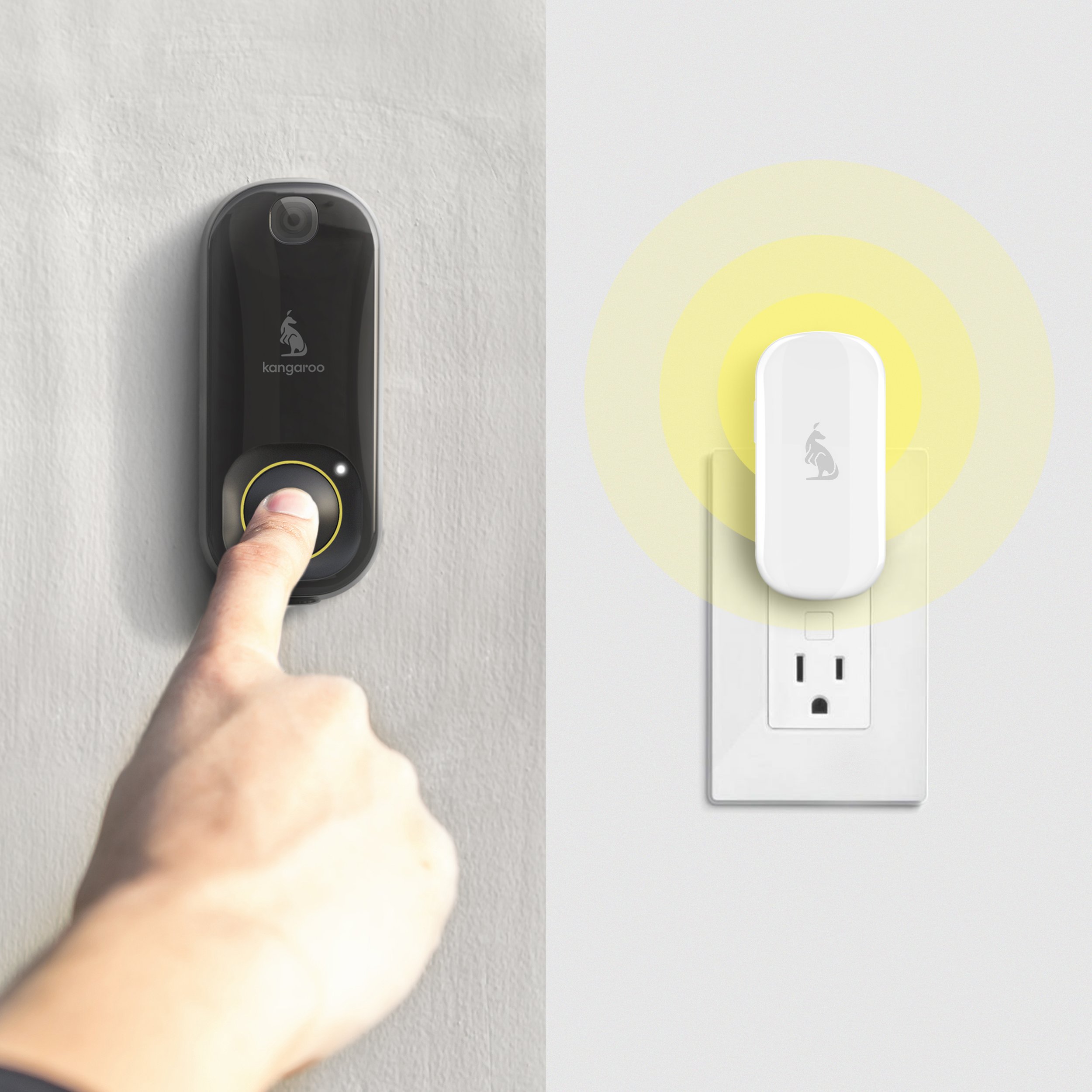
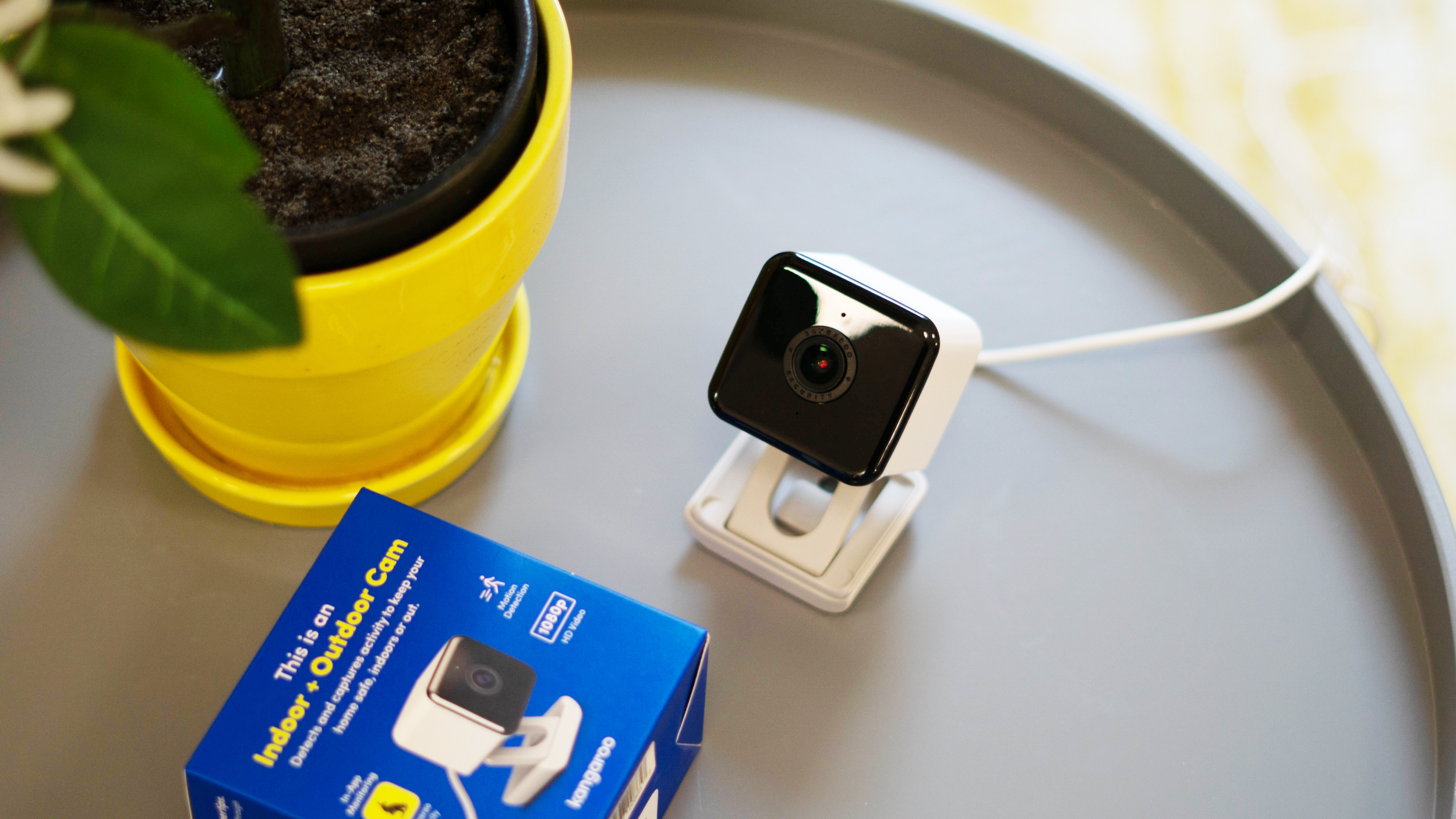
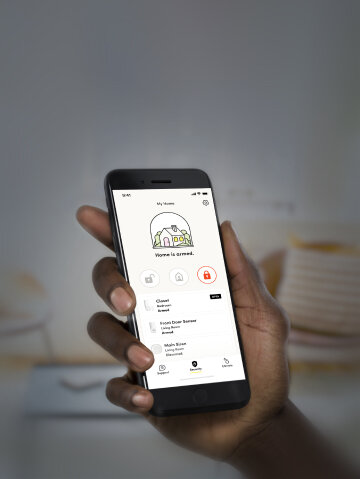


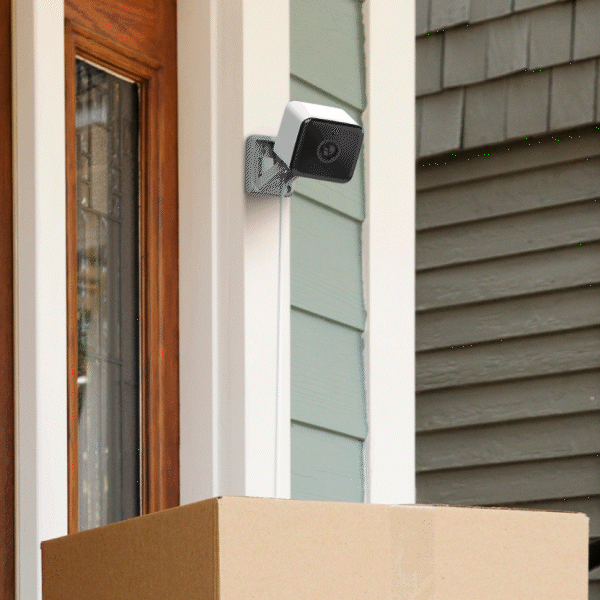
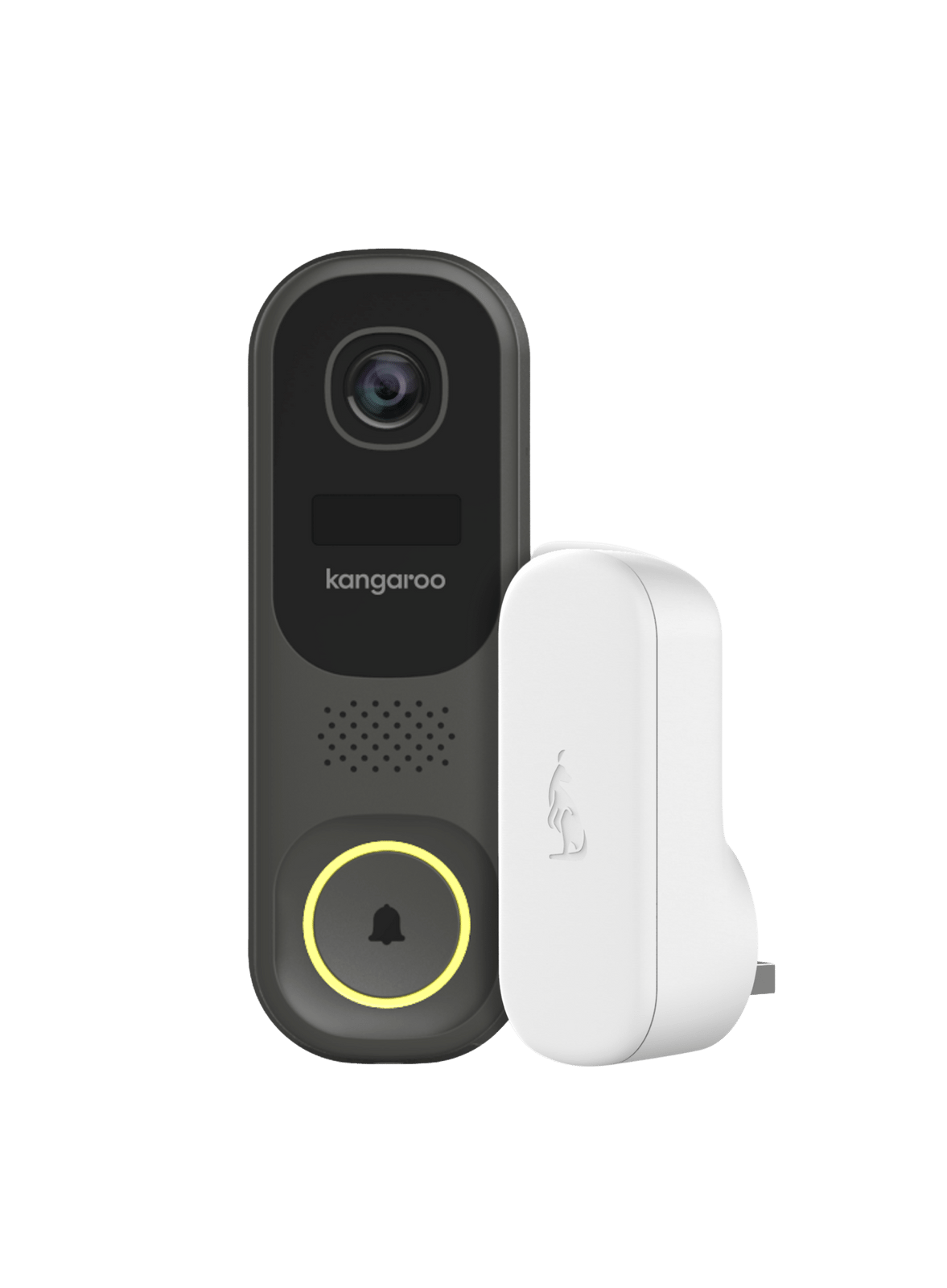
Video Doorbells: Keep an eye on your doorstep 24/7 with crystal-clear video and motion detection, deterring potential intruders and offering peace of mind.
Motion Sensors: Detect suspicious activity inside or outside your home, receiving instant alerts so you can take action.
Water Leak Detectors: Prevent costly water damage with proactive alerts about potential leaks, even when you're away.
Indoor and Outdoor Camera: A compact device packed with intelligent features and versatility to keep you covered, indoors or out. Choose to Live Stream or view recorded video to see what your camera sees from anywhere, with person detection, sound detection, and zone detection, intelligently understand activity as it happens. Spot and stop an incident in the moment with the Built-In Siren and Two-Way Talk.
Cam Protect Subscription: This plan reimburses you up to $250 in case of theft captured on camera, providing an extra financial safety net.
Neighborhood Smarts: Your Neighborhood Safety FAQs Answered:
Q: How is the crime rate calculated?
A: The crime rate is a metric that helps compare the frequency of crime in different areas. It's calculated by dividing the number of reported crimes (e.g., theft, assault) within a specific time frame (usually a year) by the total population living in that area. This result is then multiplied by 100,000 to standardize the rate and enable easier comparison between areas with varying population sizes.
Q: What does the green area mean on a Zillow map?
A: Zillow maps often use green areas to represent low crime areas. However, it's important to remember that these are estimations and not official crime statistics. Zillow gathers data from public sources and third-party providers to determine the relative crime risk in different neighborhoods. While these green areas can be a starting point, they should not be solely relied upon for assessing a neighborhood's safety.
Q: How accurate is crime mapping?
A: The accuracy of crime mapping can vary depending on several factors, including:
Data source: The map's accuracy relies heavily on the completeness and reliability of the data it uses, which can come from various sources like police reports, public records, and resident surveys, with varying levels of accuracy and reporting methods.
Methodology: Different crime maps may use different methods to weight or categorize crime data, leading to variations in the displayed risk levels.
Timeliness: Crime data can take time to be reported, processed, and uploaded. This means that crime maps might not always reflect the most recent crime activity.
Q: Is there anything else I can do to feel safe in my neighborhood?
A: Here are some proactive steps you can take:
Get to know your neighbors: Building relationships with your neighbors can foster a sense of community and create a more watchful network.
Practice good security habits: Secure your home properly, be vigilant when outdoors, and report suspicious activity to the authorities promptly.
Stay informed: Stay updated on local crime trends and community safety initiatives by signing up for neighborhood newsletters or alerts.
Q: What if I rent an apartment, am I still responsible for security?
A: Even if you rent, you should take proactive steps for your safety. Talk to your landlord about any security features available in the building, like security cameras or controlled access entry. You can also install additional security measures within your apartment, such as deadbolts and security alarms, with your landlord's permission.
Q: Is there a difference between safety for families and individuals?
A: Families may have different safety concerns than individuals. When assessing safety for families, consider factors like the availability of parks and playgrounds, the quality of schools, and the presence of family-friendly amenities. Additionally, families may want to prioritize neighborhoods with lower rates of property crime.
Remember, choosing a safe neighborhood is a journey, and Kangaroo Home Security is just one piece of the puzzle. By combining these tips with your own research and intuition, you'll be well on your way to finding a community that truly feels like a haven (and a secure one at that!).


